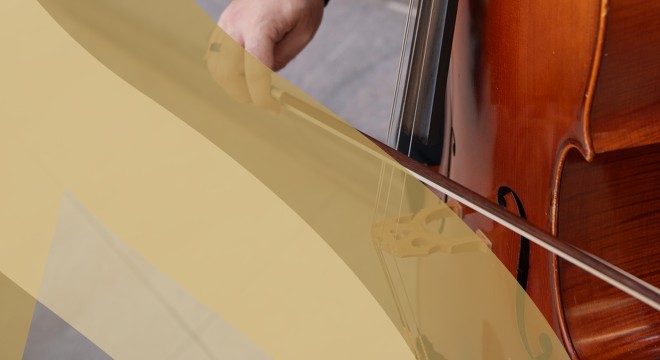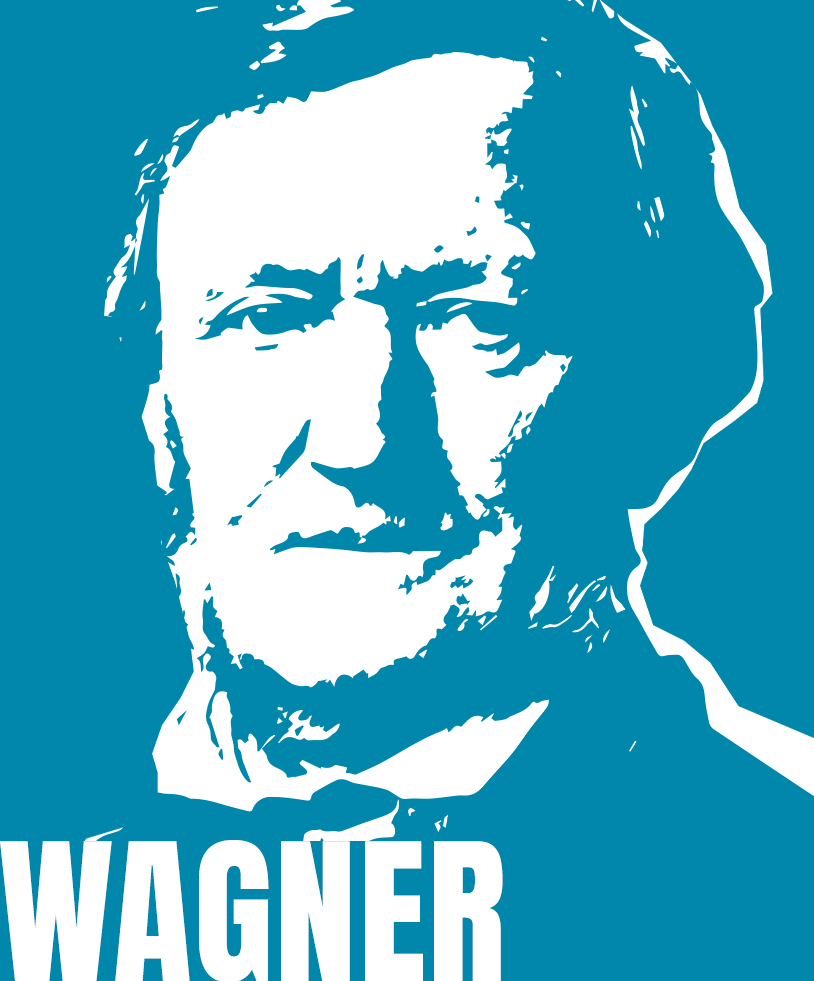Prelude to Die Meistersinger von Nürnburg Richard Wagner (1813-1883)
By the time Richard Wagner, at age 48, set about composing his only comic opera, Die Meistersinger von Nürnburg (“The Mastersingers of Nuremburg”), he was renowned as a conductor, a philosopher/essayist, a revolutionary (currently in his thirteenth year of exile), and a champion of “the music of the future.”
Wagner wrote almost nothing but opera, and his earlier operas were all epic tragedies based primarily on ancient Teutonic myths. They were filled with murky, heavy, slow music that, more often than not, met with vilification by critics: “These compositions are remarkable only for the absence of everything that has been deemed beautiful in music”; or “…destitute of melody, extremely bad in harmony, utterly incoherent in form and inexpressive of any intelligible ideas whatever.”
Die Meistersinger is Wagner’s answer to these critics. Based not on myth but on history, the light, happy plot weaves a fictional love story into the actual practices of the guilds of 16th-century Nuremburg, focusing on the greatest guild of them all, the Mastersingers. Wagner makes sure that this opera exhibits his brilliance at everything his critics said he couldn’t do. The opera brims with fast, sunny music that remains clearly within a key, develops through traditional forms, and demonstrates a masterly command of the technique dearest to Wagner’s conservative countrymen—counterpoint.
The overture demonstrates all these qualities. It bursts with melodies, each in Wagnerian tradition depicting a particular emotion or character. An opening, majestic Meistersinger procession gives way to woodwinds that sing a theme of awakening love before a cascade of violin sixteenths leads to a brassier, more pompous Meistersinger fanfare. Power and pomp grow until a short statement of love’s passion leads to the first really peaceful moment—the quietly beautiful song, in violins, of young Walther to his beloved Eva. Passion again rises, rudely interrupted by the playful apprentices, who, too immature to have a theme of their own, merely imitate their masters in a puckish woodwind version of the overture’s opening bars. Their staccato mockery grows until their masters, in a grand gesture, sweep them aside with the original stately theme.
Everything subsides as a single stroke on the triangle announces one of the great moments in all of music. Wagner answers his critics with an unsurpassed masterstroke of contrapuntal craft: he restates quietly the three principal themes of the overture, not one after another but simultaneously. (It is considered the supreme feat of counterpoint to create two independent themes, each beautiful on its own, that yield perfect counterpoint when played together. To do that with three themes is simply unheard of.) Here is a decoding for tune detectives: the opening procession serves as foundation in the lowest depths of the orchestra—tuba, bassoon and double bass; Walther’s song to Eva soars in first violin, horn, clarinet and cello; and the brassy Meistersinger fanfare receives, as the procession theme did earlier, the mocking apprentice treatment—fast and staccato in second violins, violas, and the remaining winds. The rest of the overture is a growing profusion of all its themes that climax as cymbals announce a last grand affirmation of pomp and pageantry.
If Wagner is answering his conservative critics musically in the Meistersinger prelude, he is answering them philosophically in the story of the opera. Impetuous young Walther learns in the end that his revolutionary musical ideas become more profound when tempered by respect for the past. And the stuffy Mastersingers learn they must not become so entangled by tradition that they cannot recognize the value of brilliant innovation.
Yes, this is Wagner preaching to those who have criticized him throughout his career. He is telling them, “I believe in (and can compose with all the techniques of) tradition. But you must be open to new ways. And I am the one who will show you those ways.”
~Jere Lantz






